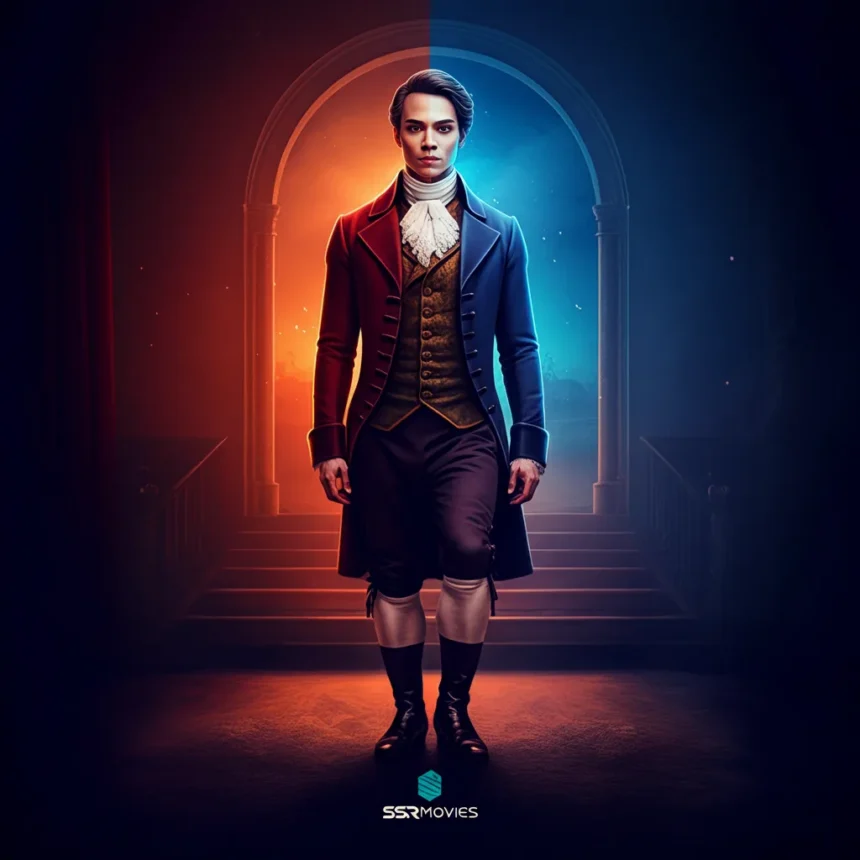Biopics have carved out a distinctive space in cinema, bridging the gap between real-life events and Hollywood storytelling. Whether you’re captivated by the grit of a historical drama or inspired by the life story of a famous figure, biopics offer a fascinating look at the lives of others. But how much of what you’re watching is grounded in fact, and how much of it is creative license?
This blog digs into the truth behind biopics, exploring why filmmakers alter reality, how to spot the differences between fact and fiction, and examples of famous biopics that took liberties with their subjects’ stories.
If you’ve ever wondered how much of a biopic reflects the truth, read on to discover the balance filmmakers strike between authenticity and entertainment.
Why Filmmakers Take Creative Liberties
Movies are, first and foremost, visual entertainment. Crafting a compelling narrative that captures the audience’s attention often means simplifying complex timelines, condensing years of events into a digestible runtime, or fabricating small details to add emotional weight.
Here’s why filmmakers often stray from reality in biopics:
- Time Constraints: People’s lives are intricate and multifaceted. Condensing decades into a two-hour movie often requires skipping less “cinematic” events.
- Pacing and Engagement: Some life events may lack the tension or pacing necessary for a movie format, leading to dramatization or the addition of fictional subplots.
- Commercial Appeal: Biopics often walk the tightrope between staying true to the story and appealing to a broad audience. Exaggerated storylines can lead to heightened drama or feel-good moments that attract larger audiences.
- Artistic Interpretations: Directors and writers often aim to present a “larger truth” about the subject’s life, capturing the emotional essence over granular accuracy.
It’s this inherent blend of fact and fiction that makes biopics entertaining, but also leaves room for scrutiny.
Fact vs. Fiction Key Examples in Popular Biopics
Some of the most famous film biographies have been critiqued for their looseness with the truth. Here are some notable examples of where fact and fictionalization intertwine in cinematic storytelling.
The Social Network
David Fincher’s “The Social Network” is widely regarded as a brilliant interpretation of the founding of Facebook, but it’s riddled with fictionalized elements. One of the film’s main premises—that Mark Zuckerberg created Facebook out of revenge against a failed relationship—is widely debunked. This story device was likely used to heighten Zuckerberg’s character complexities and make the narrative more relatable.
The film also paints Zuckerberg’s partnerships and rivalries in exaggerated hues, likely for dramatic tension, even as it remains rooted in many factual events. Critics often argue that “The Social Network” captures the spirit of Facebook’s origin story but distorts its historical accuracy.
Bohemian Rhapsody
This Academy Award-winning biopic about Queen and Freddie Mercury stunned audiences with its musical numbers and an emotionally powerful portrayal of the iconic frontman. But it strays significantly from real events, particularly with its timeline. For instance, the movie depicts Mercury revealing his HIV diagnosis to the band just before their Live Aid performance. Historical records, however, indicate he was diagnosed years later. This alteration was likely for narrative impact, delivering a heightened emotional crescendo for the film’s dramatic climax.
The Imitation Game
The glory and tragedy of Alan Turing were brought to life in “The Imitation Game,” shedding light on the groundbreaking work of the Enigma codebreakers in World War II. While the film captures the essence of Turing’s genius and the injustices he faced for his sexuality, it simplifies critical elements. For example, it portrays a sole-breaking moment involving Turing and the team’s work on the Enigma machine, whereas, in reality, the success was a collective effort with numerous individuals contributing.
Braveheart
A beloved epic, “Braveheart” portrays the life of Scottish freedom fighter William Wallace. Despite its visual appeal and rousing speeches, historians have highlighted liberties taken with timelines, character personalities, and even costumes. For instance, the kilts worn in the film were not historically accurate for the 13th century. While it remains an inspiring story, its historical inaccuracy is widely acknowledged.
How to Spot Fiction in Biopics
Want to separate fact from fiction the next time you watch a biopic? Here are some strategies to help you evaluate just how accurate a film is.
- Do Background Research: A quick online search about the real-life figures or events can provide insight into how closely the movie aligns with reality.
- Watch Documentaries or Read Biographies: Supplement a biopic with a documentary or book for a more nuanced understanding of the subject matter.
- Look for Disclaimers: Some biopics openly admit to dramatizing elements for storytelling purposes, often noted in disclaimers during the credits.
- Fact-Check with Trusted Resources: Websites dedicated to entertainment, such as SSRmovies or Rotten Tomatoes, often dissect the accuracy of major biopics after their release.
- Pay Attention to Film Marketing: Many filmmakers explicitly focus on the “based on a true story” aspect, giving more room for creative liberty compared to “accurately depicts real events.”
Why Balance Matters in Biopics
While dramatization in biopics can be frustrating for viewers seeking truth, it’s important to note that some artistic liberties are inevitable. Finding a balance between historical fact and storytelling ensures a movie remains engaging while honoring the essence of its subject.
Biopics can shine a light on little-known stories, foster empathy for historical figures or underrepresented communities, and even ignite discussions on cultural or political topics. However, filmmakers must tread carefully to avoid creating misleading impressions that distort important narratives.
The Importance of Critical Viewing
Ultimately, biopics should drive curiosity and inspire viewers to dig deeper. They serve as gateways to broader learning rather than definitive educational sources. By watching critically and seeking additional information, audiences can better enjoy biopics for what they are while respecting real-life stories.
Examining Future Trends in Biopics
As AI, digital recreations, and evolving narrative techniques continue to advance, the line between fact and fiction in biopics could blur even further. Movies like “The Irishman” already employed cutting-edge de-aging technologies, signaling a cinematic future where the visual representation of historical figures feels more authentic than ever. Yet, the core conundrum remains the same balancing dramatic appeal with historical fidelity.
Dig Deeper
Biopics will always involve a mix of truth and embellishment; that’s part of their allure. However, they also serve as a reminder to approach storytelling critically, digging deeper into history’s complexities and nuances rather than taking everything at face value.
Whether you’re a film lover or an occasional moviegoer, understanding how filmmakers weave fact with creativity helps you appreciate the art form on a deeper level. Next time you stream a biopic or catch one on the big screen, see how many creative liberties you can spot.
After all, sometimes truth really is stranger than fiction.






